Ferentino
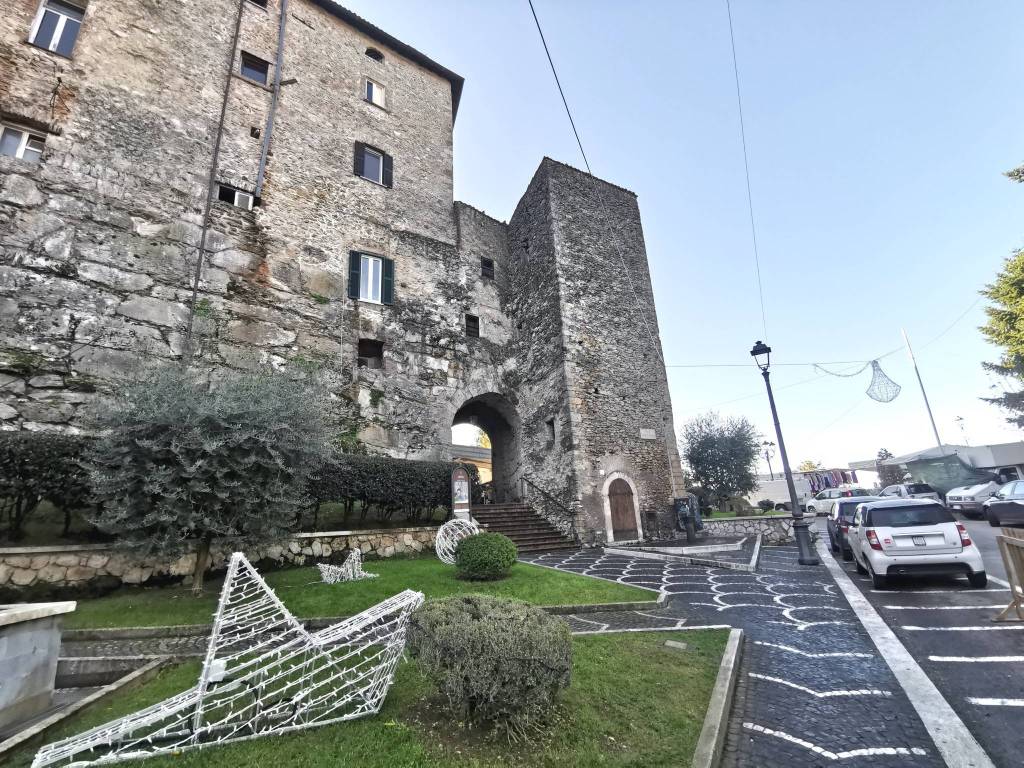
The origins of Ferentino are ancient and shrouded in myth; the legend ascribes its foundation to the god Saturn who, expelled from Olympus, settled in this fertile territory where he founded cities and spread the arts and techniques.
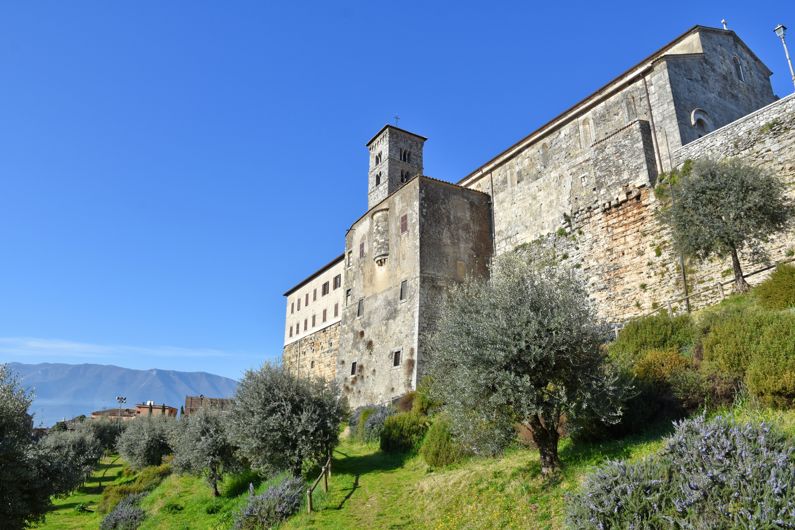
As evidence of the foundation, prior to that of Rome by at least 300 years, there are the so-called Cyclopean walls, a wall made up of stone blocks (with a volume even greater than 25 cubic meters) laid dry and interlocking to form fortifications about long. 2,500 meters, including 12 doors. The etymology of the name Ferentinum itself (present participle of the Latin verb ferre: to produce) provides a precise idea about the fertility of the place and the ingenuity of the people who lived there.

Between the sixth and fourth centuries BC Ernici, Volsci and Romans fought bitter battles for the possession of the area: Rome found in Ferentino first a fierce opponent and later a faithful ally, having also given birth to illustrious personalities, first of all Aulus Irzio, lieutenant of Julius Caesar, conqueror and governor of Gaul, Roman consul and writer.

The Covered Market, the theater, the Testament of Aulus Quintilio Prisco, the traces of the ancient baths, the remains of the aqueduct and the paving of the via Latina date back to the Roman period.
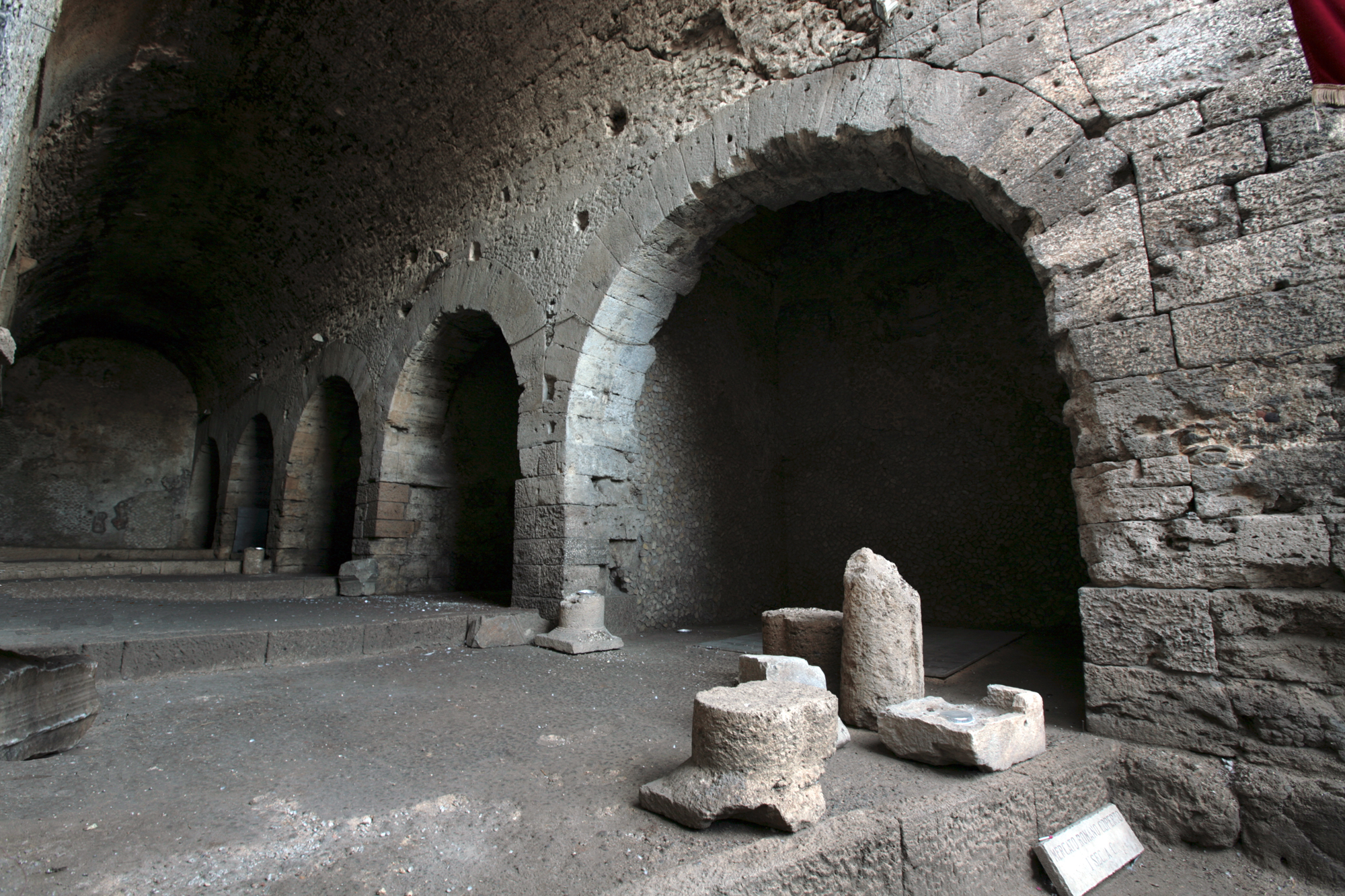
Due to the elements of incipient Christianity already in Roman times (see the martyrdom in 304 of the centurion Ambrose, later patron), the Ferentine society of the early Middle Ages hosted numerous dioceses and places of worship: the Cathedral dedicated to the Saints Martyrs John and Paul, built on the remains of an ancient pagan temple and a previous Christian church, entirely paved with mosaics, it dates back to 1108; of the same period is also the Gothic Cistercian abbey of Santa Maria Maggiore, prototype for the construction of the Fossanova Abbey.

The Monastery of Sant'Antonio Abate, founded by Celestino V, dates back to the Late Middle Ages and housed his remains before they were moved to the nearby church of S. Agata, from which they were then stolen to the abbey of Collemaggio. However, the heart of Celestino remains in Ferentino, kept in the monastery of the Clarisse nuns: in honor of the saint, co-patron of the city, the traditional palio, or joust of the ring, has been celebrated every year since 2002.

From 1198 to 1557, Ferentino was the capital of the provinces of Campagna and Marittima (i.e. southern Lazio) thanks to Pope Innocent III who made it his privileged seat. Many religious orders settled in Ferentino, founding churches and monasteries: Benedictines, Cistercians, Franciscans, Poor Clares, Carmelites, Celestinians, Dominicans, Cavalieri Gaudenti, Knights of Malta and Templars.
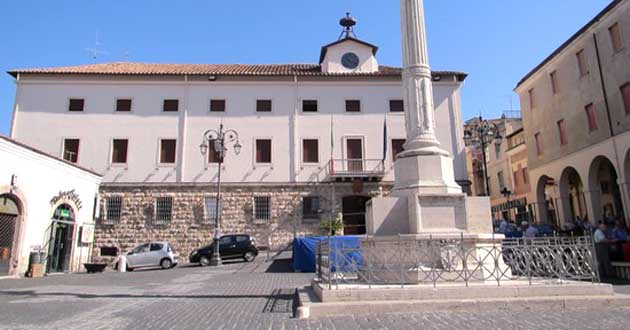
Ferentino was one of the first free Italian municipalities, endowed with its own statute as early as the 12th century. Frederick II of Swabia stayed several times as a young man in Ferentino and, ironically, he suffered his definitive defeat by the Ferentino leader, Gregorio da Montelongo, papal legate, in the battle of Parma in 1248.
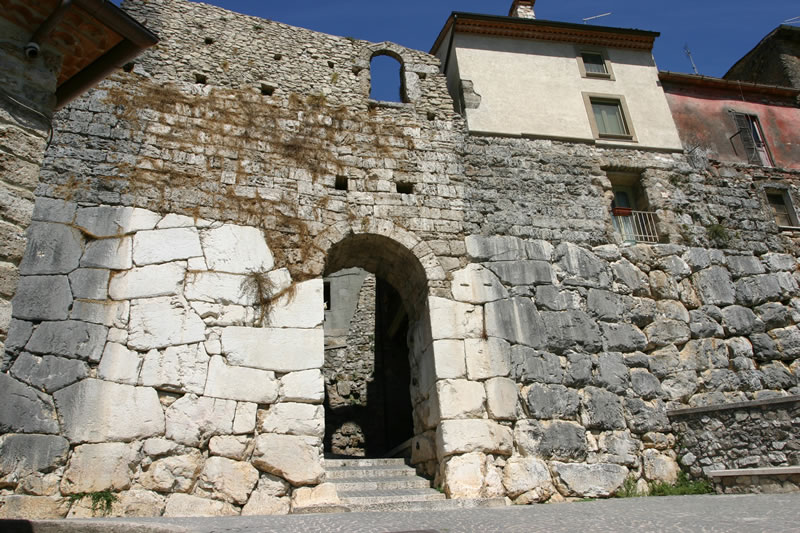
Thanks to Martino Filetico Ferentino it experienced the glories of Humanism, while later it was the scene of the siege won by the Spanish troops led by the Duke of Alba (1556), of the foundation of a large artisan district (1740-1800) during the first revolution. industrial, the struggles between Sanfedisti and Giacobini (1798-1802), and the passage of Garibaldi. Important were the bombings suffered during the Second World War, as the rear of the Cassino front and strategic road junction, and the establishment of a reception center for the displaced, earned me the Gold Medal for Civil Valor.

During the sixties and seventies the Ferentino area was subject to a strong industrialization due to the facilities allowed by the state development plans: the local economy, previously based on agriculture (flax crops, Ciociaria vines) and on crafts (brooms, handmade terracotta), has been converted to activities in almost all sectors, mainly pharmaceuticals and plastics.
Video: Ferentino
Map: Ferentino
Address: Via Consolare, 160, 03013
Ferentino (FR) Lazio
Latitude: 41.69238272861552
Longitude: 13.253599405288696
Site: https://www.comune.ferentino.f...
vCard created by: OmoGirando
Currently owned by: OmoGirando
Type: City
Function: Public place
Creation date: 31-05-2021 07:06
Last update: 07/07/2021